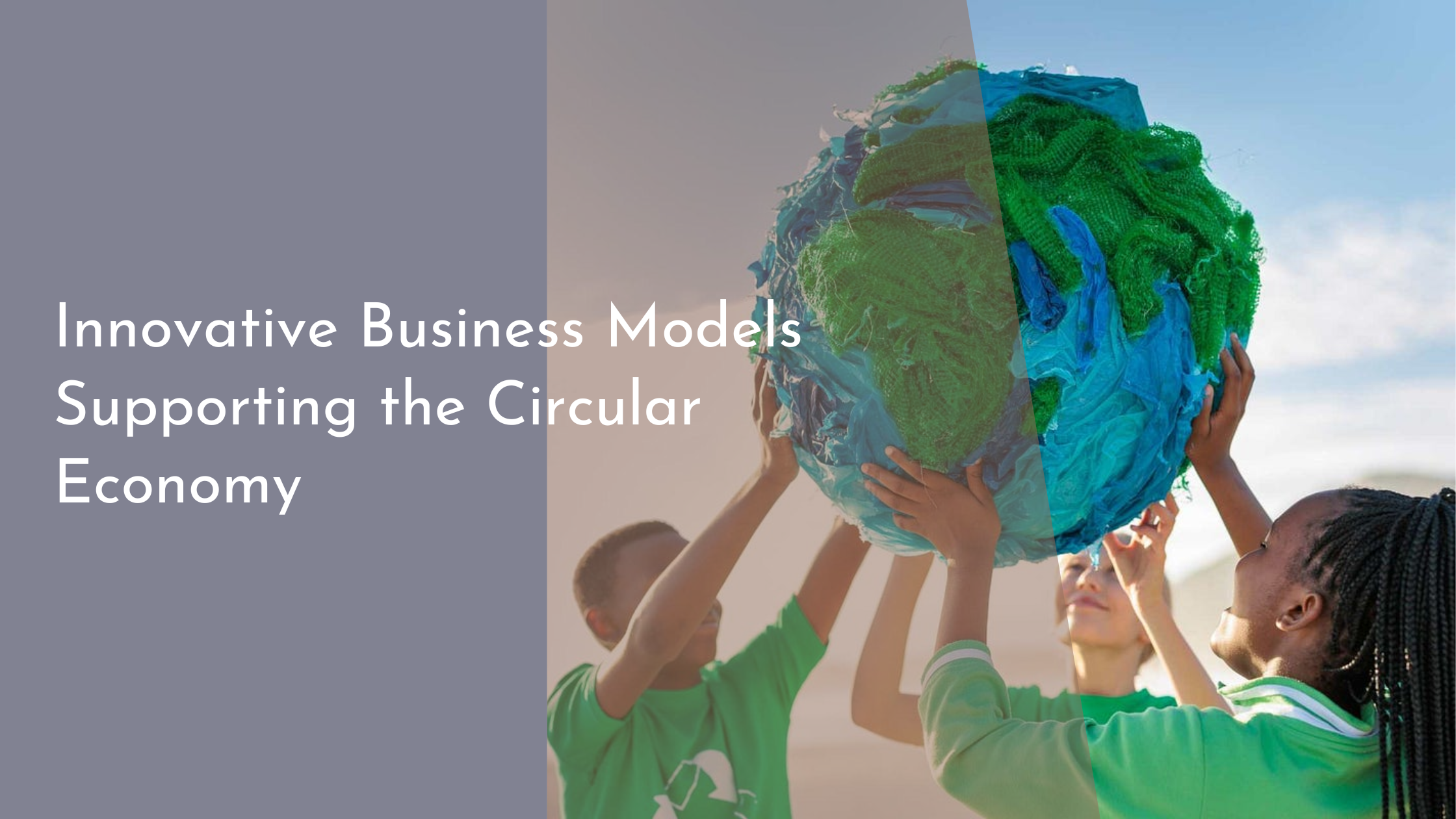Innovative Business Models Supporting the Circular Economy
As the global community becomes increasingly aware of the environmental and economic challenges posed by traditional linear economies, the circular economy model has emerged as a sustainable alternative. Unlike the ‘take, make, dispose’ mentality, circular economies aim to minimize waste and make the most of resources. Businesses worldwide are now innovating their business models to align with these principles, leading to resource efficiency, reduced environmental impact, and new profit avenues. This article explores the principles of the circular economy, the innovative approaches businesses are taking, real-world examples of leadership in this space, and the future opportunities this movement presents.
Understanding the Principles of Circular Economy
The circular economy is built on the idea of closing the loop on product lifecycles through design, maintenance, repair, reuse, remanufacturing, refurbishing, and recycling. This system aims to keep products, components, and materials at their highest utility and value at all times. By doing so, the circular economy seeks to decouple economic activity from the consumption of finite resources, thus creating a sustainable model for growth that reduces waste and environmental impact.
Key principles of the circular economy include designing out waste and pollution, keeping products and materials in use, and regenerating natural systems. This means rethinking and redesigning products to ensure they are made from renewable, reusable, and recyclable materials. Moreover, it involves transforming waste into valuable resources through innovative technologies and business practices. By adhering to these principles, businesses can not only enhance their sustainability credentials but also tap into new markets and opportunities.
Innovative Approaches to Resource Management
In the realm of resource management, businesses are adopting innovative models such as product-as-a-service, where consumers rent or lease products rather than buying them outright. This model encourages companies to design longer-lasting products and take responsibility for their full lifecycle, including eventual recycling or refurbishing. Additionally, sharing economy platforms have surged, allowing consumers to access goods and services through shared ownership or usage, thereby reducing the demand for new products and fostering community collaboration.
Another approach is the use of digital technology to optimize resource use and reduce waste. For instance, Internet of Things (IoT) devices can monitor and manage energy consumption in real-time, leading to significant efficiency gains. Furthermore, big data analytics can enhance supply chain transparency and help businesses identify opportunities for resource recovery and waste reduction. By leveraging these technologies, companies can not only minimize their environmental footprint but also reduce operational costs and improve their bottom line.
Case Studies: Businesses Leading the Circular Way
Several pioneering businesses are leading the charge in adopting circular economy principles. One notable example is Patagonia, the outdoor clothing company known for its commitment to sustainability. Patagonia has implemented a robust take-back program, encouraging customers to return worn-out products for recycling or refurbishment. This initiative not only extends the life of their products but also reinforces their brand ethos of environmental responsibility.
Another leader in this space is Philips, the global health technology company. Philips has embraced a circular economy model by offering lighting products as a service. Instead of selling lighting equipment directly, the company provides light as a service, retaining ownership of the equipment and ensuring its maintenance and eventual recycling. This model not only reduces waste but also fosters long-term customer relationships and recurring revenue streams. By prioritizing circularity, Philips is not only reducing its environmental impact but also enhancing its competitive edge.
Future Opportunities in the Circular Economy Movement
As the circular economy movement gains momentum, businesses have numerous opportunities to innovate and grow. One promising area is the development of new materials and technologies that are inherently sustainable. For instance, advances in biomaterials and biodegradable plastics offer potential for creating products that are both high-performing and environmentally friendly. Companies investing in research and development in these areas stand to benefit from being at the forefront of sustainable innovation.
Moreover, the circular economy opens up opportunities for collaboration across sectors. By forming partnerships, businesses can share resources, knowledge, and infrastructure to close the loop on product lifecycles. Collaborative platforms and networks can facilitate the exchange of materials and information, enabling businesses to capitalize on circular economy principles at scale. As consumer awareness and demand for sustainable products continue to rise, companies that embrace circularity will be well-positioned to meet these demands and achieve long-term growth.
The shift towards a circular economy represents a transformative opportunity for businesses to innovate and lead in sustainability. By understanding and implementing circular economy principles, companies can reduce waste, optimize resource use, and build resilient business models. The examples of businesses already pioneering this approach demonstrate the tangible benefits and competitive advantages of embracing circularity. As the movement continues to evolve, future opportunities abound for those willing to rethink traditional business practices and collaborate towards a more sustainable and prosperous future. Embracing the circular economy is not just an environmental imperative but a strategic business choice that promises a better tomorrow for all.

